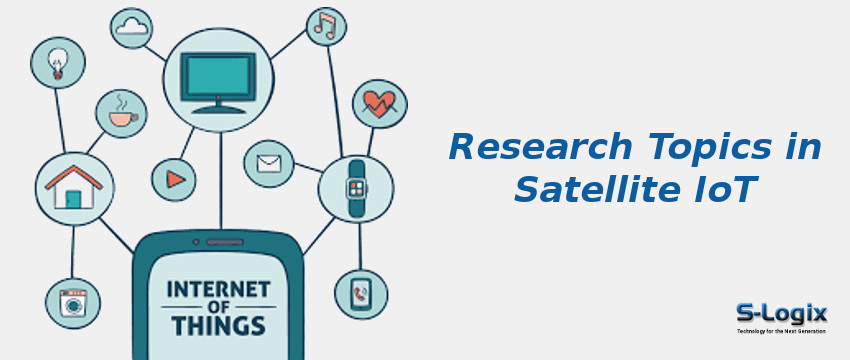The Satellite IoT connects the sensors/devices to the cloud using a satellite. Satellite IoT enables the users to manage the satellite IoT connectivity like cellular IoT services and devices. The satellite IoT assists the users to access the information of smart homes and controls the operations based on the accessed data. The IoT is used in massive application areas with minimum cost and resource constraints. Infrequent data transmissions occur in such an environment, and it is very challenging to achieve communication with tiny and resource-restricted IoT devices.
The satellite-based IoT system handles such issues by limiting the transmission power and optimizing the link efficiency. Also, it can handle the millions of IoT devices that need to communicate with each other. The Satellite IoT consists of the same elements used in smart IoT applications. Integration of satellites with the IoTs is a better solution for solving several complex problems in IoT. The combination of IoT and satellite provides ubiquitous coverage and guaranteed service level agreement successfully.
